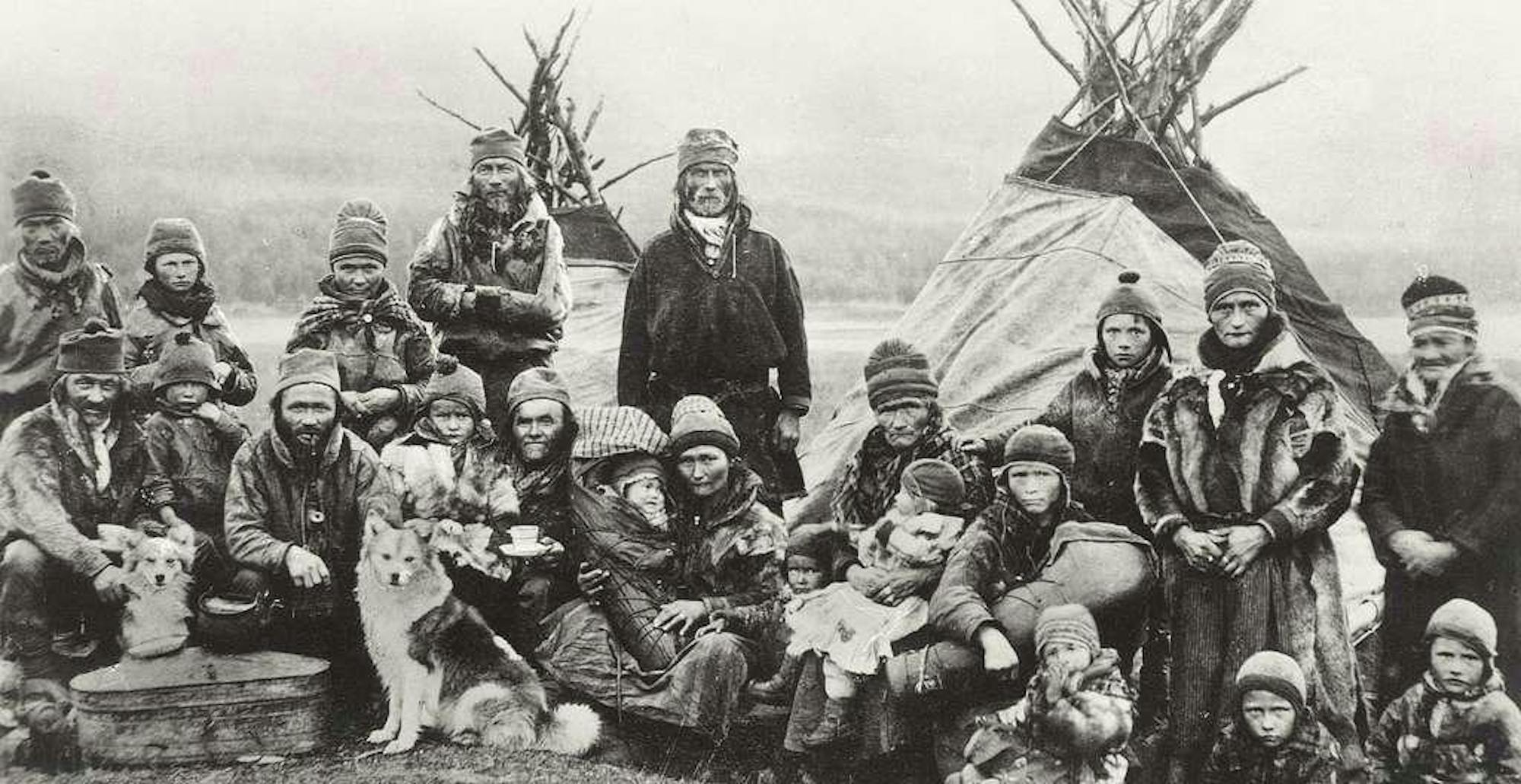The English translation of “Aednan: An Epic,” by Sámi-Swedish writer Linnea Axelsson, came out on Jan. 9. Saskia Vogel completed the translation. The highly anticipated translation comes after much praise for the original, which was initially released in Swedish in 2018. That same year, it won the prestigious August Prize, which Sweden gives annually to the country’s best books.
“Aednan” is a “novel-in-verse,” an “epic poem” — or perhaps to lose the stringent genre classification, a radical, seemingly genius masterpiece made up of seamless poetry that reads like a mythic song, dripping in history. It chronicles the lives of two Sámi families across multiple generations.
The Sámi are the indigenous people of northern Scandinavia. They are known for being semi-nomadic, finding homes in Nordic fjords, arctic fields and other environments characteristic of the beautiful North. However, as history tragically affirms, because the Sámi are an indigenous people, they are perceived as harmful outsiders. Indeed, starting in the Middle Ages, Christian law prohibited trips to Sámi villages for rituals such as receiving prophecies.
Axelsson tells the story of the Sámi people, and her tool is masterful poetry. The epic starts in early spring in 1913, with the voice of Ber-Joná, a Sámi father who loses his son, Aslat, in a horrible accident. The boy falls and dies. He becomes one of the many voices that makes up Axelsson’s chorus of characters — even after his death. He speaks as “Aslat the dead,” declaring he could not stay shackled to the place where he died.
In a beautiful stretch of poetry that starts with the child asking, “Could you feel it Papa,” Aslat queries, “Didn’t you hear me / Among the seabirds / as you came walking / with your summer-fat / reindeer.” He says, “I was the forest thickening,” affirming the feeling that loved ones don’t fully dissipate into darkness after death.
Even more, for the Sámi, connection perseveres in their strong relationship to the land. Aslat becomes the seabirds and the forest, and his father carries this bittersweet burden with his reindeer through the snow.
This opening tragedy sets up the following stories of Aslat’s descendants. The characters suffer many permutations of loss. The development of harsher borders between Norway and Sweden interrupts their traveling. Sámi children face the loss of their culture as missionaries and other educators force modern society upon them.
The character Lise suffers in “nomad school” in the 1970s. Assimilation into Swedish society takes away Lise’s Sámi culture and language. Lise’s daughter Sandra then attempts to use her traumatic past in her quest to become a modern Sámi activist. Axelsson occupies this uncomfortable space between reckoning with trauma and achieving justice.
Lise doesn’t want to talk to her 15-year-old daughter about her past, when Sandra asks her at the kitchen table, supposedly for a project that will better the both of them. Lise describes “The latticework of silence / its familiar crackling around / the soft heart.” This chilling depiction captures the immense difficulty of bridging two generations that indeed share the same culture, but surely carry different understandings of their ancestry as marred by their individual experiences. Even though talking to her daughter may be the nobler action (it could even lead to legal reparations), “the latticework of silence” succeeds in shattering hearts.
The epic ends with a chapter from the voice of a curious priest, burying one of the Sámi characters. The epic’s final words are, “And she wondered who they were.” In a sense, this ending is frustrating because it seems to strip away the voices of a cast of strong Sámi characters. Though perhaps that is Axlesson’s intention. Already, so many have denied Sámi stories.
Doubly, asking who the Sámi were makes the novel circular. The reader has no choice but to start from the beginning of “Aednan,” so they can answer this final question. And they will answer it again, with each reading, as this epic surely deserves to be consumed many times. Even more, if the epic truly asks the reader to return to its start, then the first word to be reread is the title, “Aednan.”
Axelsson ends her work with a note: “In Northern Sámi, the word Ædnan means the land, the earth, and my mother.”






